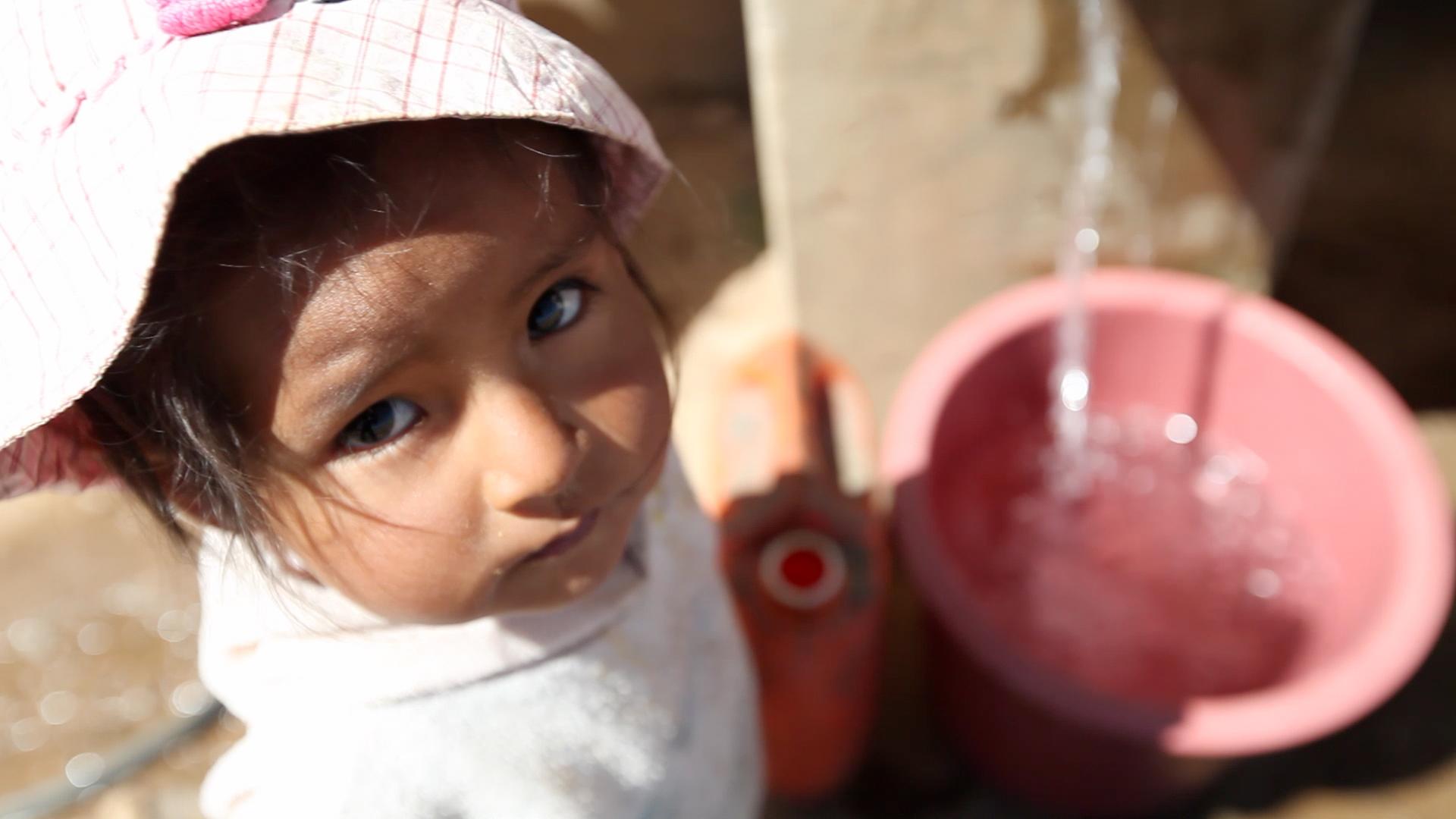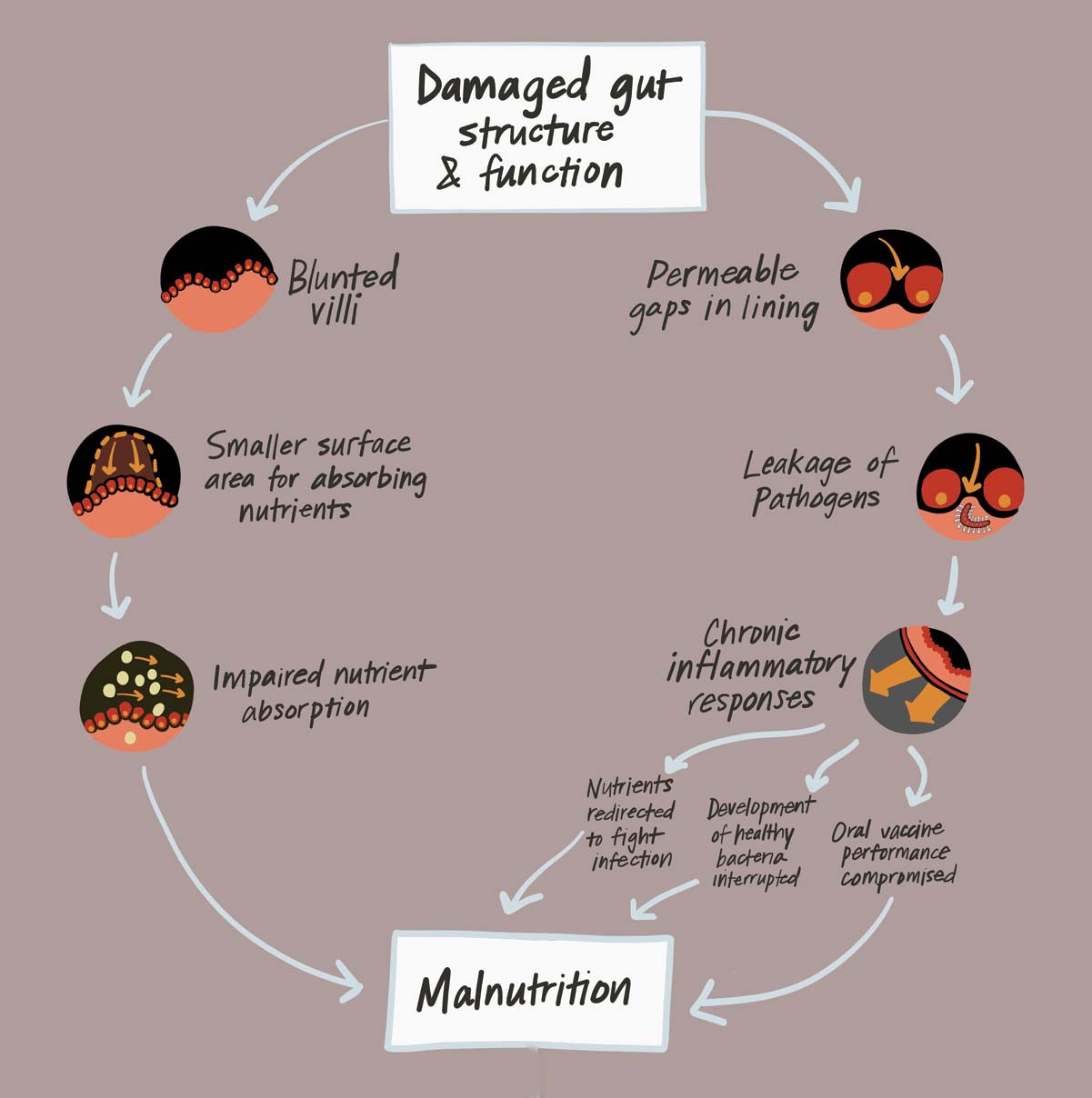Nutrition and WASH: a recipe for success
|

Originally posted on the 1000 Days website.
In the leadup to World Water Week, WaterAid, SHARE (Sanitation and Hygiene Applied Research for Equity) and Action Against Hunger launched a new report, “The recipe for success,” in which they discuss a key ingredient for fighting global malnutrition – WASH (water, sanitation and hygiene). The report highlights that 50% of undernutrition in children under five is associated with repeated diarrhea and infections resulting from poor WASH conditions. Additionally, poor sanitation is listed as the second leading cause of stunting worldwide.
Given the report’s findings, it is clear that poor WASH conditions can undermine access to good nutrition. A better understanding of the links between WASH and nutrition prove critical in the fight against malnutrition.
The findings of this report are playing out around the world, but one acute example is taking place in Yemen. More than 60 percent of the Yemeni population faces hunger and starvation, and UNICEF estimates that Yemen is currently home to the worst outbreak of cholera in the world. The outbreak affects nearly all of Yemen and there have been nearly 500,000 cases of suspected cholera and about 2,000 associated deaths reported to date. It is unsurprising to learn that, according to the UN Office for Coordination of Humanitarian Affairs, “Malnourished children and pregnant women are at greatest risk of death as they face the “triple threat” of conflict, famine and cholera.”
Poor WASH systems and lack of access to good nutrition, mixed with conflict, is undermining the resilience of the already vulnerable Yemeni population. This makes it harder for women and children to recover from extreme bouts of diarrhea caused by cholera. The situation is so dire that at this moment, urgent humanitarian assistance and an end to conflict in the region is needed to save lives.
Children that survive these circumstances are still at risk of suffering the long-term consequences of chronic malnutrition and stunted growth. The potential for children to attain optimal growth in life lies within the first 1,000 days between when a woman becomes pregnant and her child’s second birthday. We must ensure that even in the face of crises this period in life is protected.
This World Water Week (Aug 27 – Sept 1) is a time to refocus on the needs around water and sanitation but hopefully also a time to make policymakers aware that WASH and nutrition are connected and in-turn, so are the solutions. Just as malnutrition and poor WASH mutually reinforce bad health outcomes, promotion of good nutrition and WASH policies that work together result in healthier and more nourished communities. This means ensuring that WASH and nutrition are included in each other’s policies and plans, implementation is consistent and institutional structures are strengthened. WASH and nutrition programming that works together to mitigate the malnutrition crisis worldwide must be a priority.












